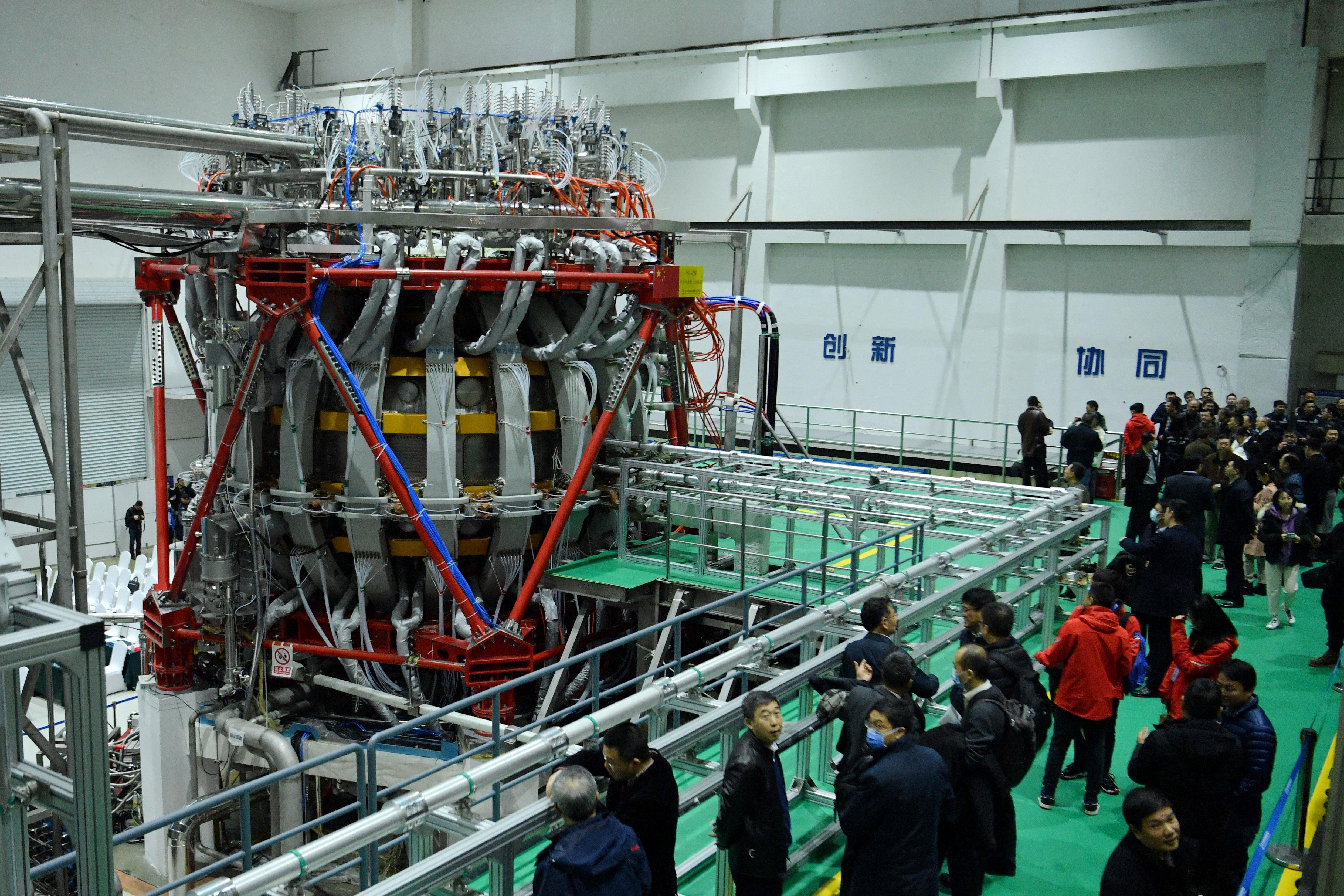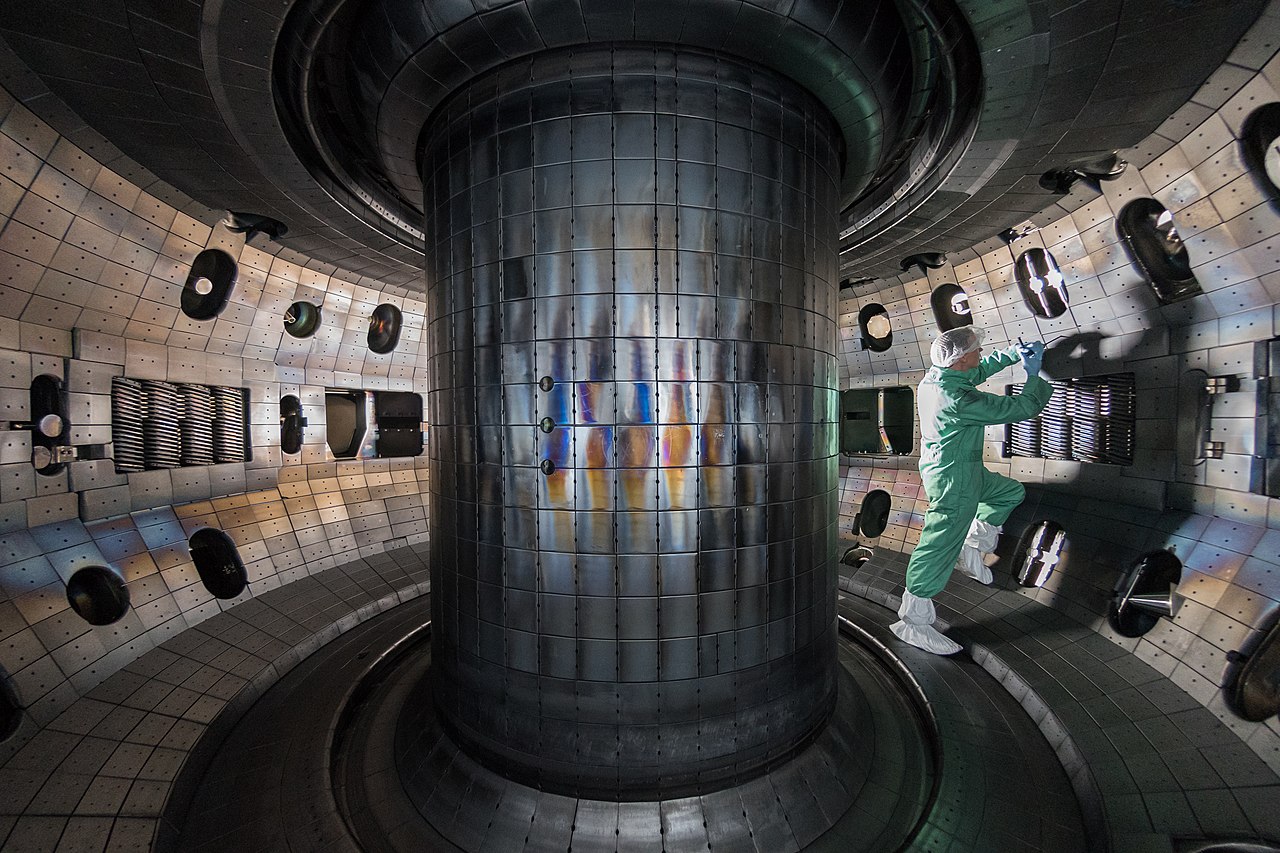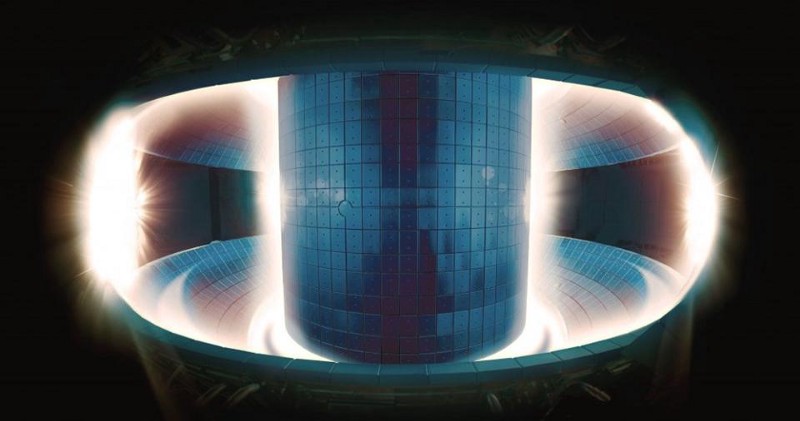There is no “breakthrough”: NIF fusion power still consumes 130 times more energy than it creates

- In 2021, NIF’s laser fusion energy output jumped by 2,500%, a legitimate breakthrough.
- This year, NIF reports that it has achieved “ignition” — that is, it has achieved slightly more fusion energy output than laser energy input.
- However, to produce commercial fusion power, NIF would need to increase the fusion output of each experiment by at least 100,000%. The technological hurdles are absolutely enormous.
Here we go again. In 2021, the National Ignition Facility (NIF) announced a scientific breakthrough in its pursuit of fusion power technology. One year later, they’re making another announcement, heralded as “game-changing,” “transformative,” and “a moment of history.” But this is not a meaningful breakthrough for practical, commercial fusion power: NIF still drains at least 130 times more energy from the power grid than it produces.
A legitimate breakthrough in 2021
Last year’s big news was that NIF dramatically increased the fusion output of its experiments. At the time, I wrote about NIF and the scientific background of its accomplishment. They earned most of their hype. Here’s a quick recap:
“[NIF] was built for two missions. Performing research in support of the Stockpile Stewardship Program is the foremost duty, but the sign over the door doesn’t say “National Stockpile Research Facility.” NIF is named after its other task: to further our quest to understand and harness energy from nuclear fusion. A recent breakthrough in this fusion mission has made headlines across the scientific community.”
…
“One of two critical parts of NIF’s fusion mission is “ignition“: release of a quantity of fusion energy greater than the laser energy required to drive the implosion. After the failure of the National Ignition Campaign, many scientists believed that ignition at NIF was impossible. That goal remains just beyond our grasp, but it is now far closer than before. The bigger news is that we may have seen the first sign of the other important fusion goal: thermonuclear burn.”
A hyped breakthrough in 2022
In that work, NIF’s laser fusion energy output — measured in megajoules, MJ — jumped by 2,500%, a sign of a significant physics breakthrough on the crucial problem of thermonuclear burn. This week’s announcement is an increase in fusion energy output, relative to laser energy input, from 70% in 2021 to 154% in 2022. This incremental, possibly incidental, progress toward thermonuclear burn is not a breakthrough.
The facility has, at last, achieved slightly more fusion output than laser input: ignition. On paper that is a major symbolic victory. In practice, it’s of little consequence. Here’s why.
The laser energy delivered to the target was 2.05 MJ, and the fusion output was likely about 3.15 MJ. According to multiple sources on NIF’s website, the input energy to the laser system is somewhere between 384 and 400 MJ. Consuming 400 MJ and producing 3.15 MJ is a net energy loss greater than 99%. For every single unit of fusion energy it produces, NIF burns at minimum 130 units of energy.
In terms of electrical power, 3.15 MJ would not quite power one 40-watt refrigerator light bulb for a day. Charging NIF steadily over the same day would draw 4,600 watts from the power grid. (NIF is actually charged much more quickly, but at the cost of a much higher draw in watts — more energy per unit time, over less time — but the total energy is the same.)
Getting to viable fusion power
To produce useful power, NIF would need to increase the fusion output of each experiment by at least 100,000%. That’s an enormous scientific challenge to resolve before commercial operation can even be considered.
The scientific challenge is equaled and possibly exceeded by others. A power plant needs to produce steady power. NIF currently executes, at best, one experimental blast per day. A commercial plant would need to blast fusion-producing capsules at a rate of tens of thousands per day.
Each blast requires strict conditions: temperatures a few degrees (Kelvin) above absolute zero; a spherical capsule, mechanically perfect in shape with an error of less than 1% the width of a hair; and a vacuum chamber environment. Most blasts suffer from slightly imperfect conditions and produce less fusion.
Either way, the machine takes hours to recover from each experiment. The fact that NIF is able to do this once per day is a technical achievement that took years to perfect. Making it happen 10,000 times faster is absurdly difficult. If it could be done, still more engineering then would be required to extract the energy in the form of heat for practical electricity generation.
Finally, there is a supply problem. The pellets contain deuterium and tritium. Deuterium is plentiful, but the world’s entire supply of tritium is something like 50 pounds. In 2020, the market cost of tritium was nearly $1 million per ounce. Livermore scientists estimate that a commercial operation modeled on NIF would require two pounds per day. Producing more tritium itself will be a challenge.
Celebrate responsibly
As in 2021, we should laud the scientific accomplishments of NIF. Many years (and careers) of hard work are producing progress on one of the most difficult applied science problems ever tackled. Scientifically, it’s symbolic progress. But it’s not a breakthrough, a game-changer, or the herald of imminent clean fusion power. NIF is still decades away from economically viable fusion.
Editor's note: This article was updated on December 13, 2022 to provide more accurate, up-to-date figures.





